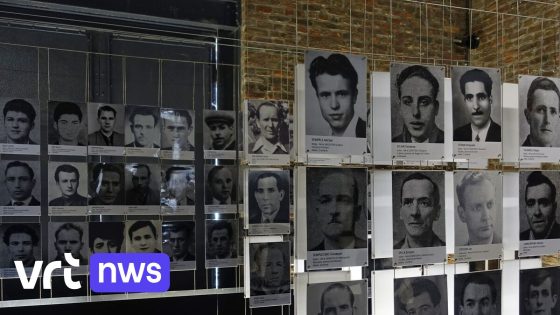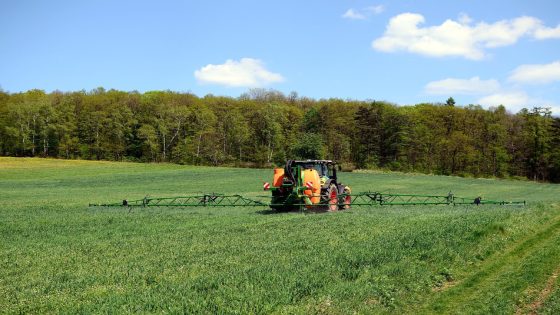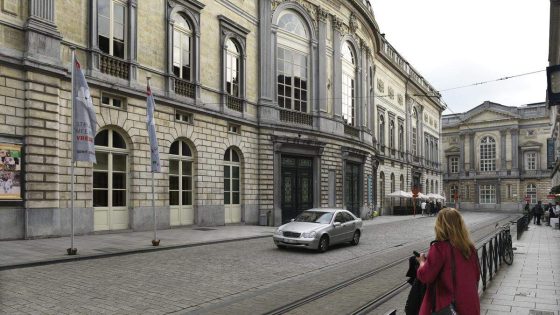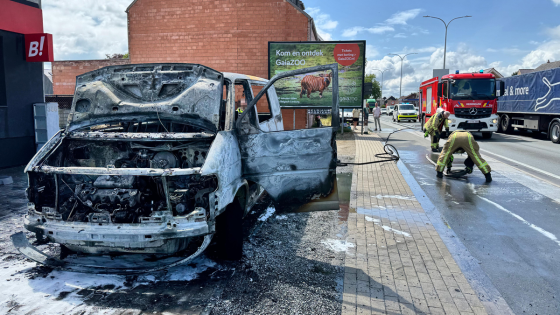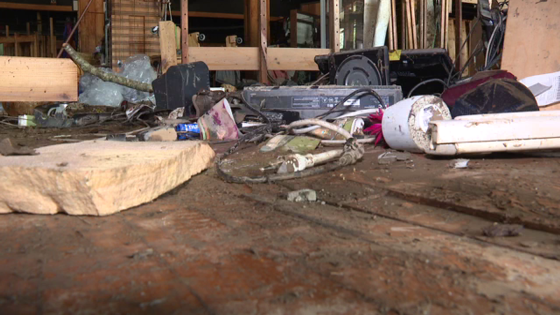The Bois du Cazier mining disaster remains one of the most significant events in Belgian industrial history. On August 8, 1956, a devastating fire broke out in the coal mine, claiming the lives of 262 miners from twelve different nationalities. This tragic accident is remembered not only for its scale but also for its profound impact on worker safety and immigrant communities in Belgium.
- Steenkoolmijnbrand kostte 262 levens in 1956
- Bois du Cazier wordt museum en Unesco-site
- Ramp symboliseert collectief geheugen en drama
- Incident belicht naoorlogse arbeidersimmigratie realiteit
- Veiligheidsbewustzijn in Europa kreeg hierdoor impuls
- Centrifugaalventilator van Bois du Cazier erkend als schat
Today, the Bois du Cazier site serves as a museum and has been recognized as a UNESCO World Heritage site since 2012. As of 2025-08-05 18:02:00, new efforts highlight the preservation of key artifacts, including the miners’ register and the centrifugal ventilator, both symbolizing the collective memory and industrial heritage of Belgium.
What lessons does this disaster teach US about workplace safety and multicultural integration? How does Belgium continue to honor the legacy of those who lost their lives? These questions remain central as the nation reflects on this dark chapter.
The tragedy at Bois du Cazier raises important questions about industrial safety and social cohesion. It highlights the risks faced by immigrant workers and the need for stringent safety measures. The recognition of the site and its artifacts emphasizes:
- The human cost of industrial progress in Belgium
- The role of post-war immigrant labor in the mining sector
- Early European moves toward workplace safety regulations
- The importance of preserving collective memory through heritage sites
As Belgium continues to advance worker safety and multicultural understanding, the Bois du Cazier museum invites all to remember and learn. How will future generations honor this legacy and ensure such tragedies never happen again?



